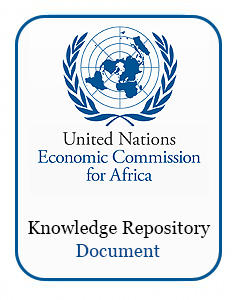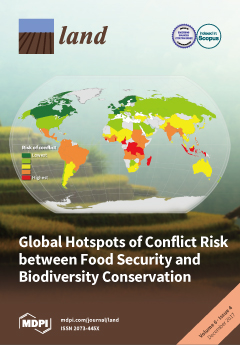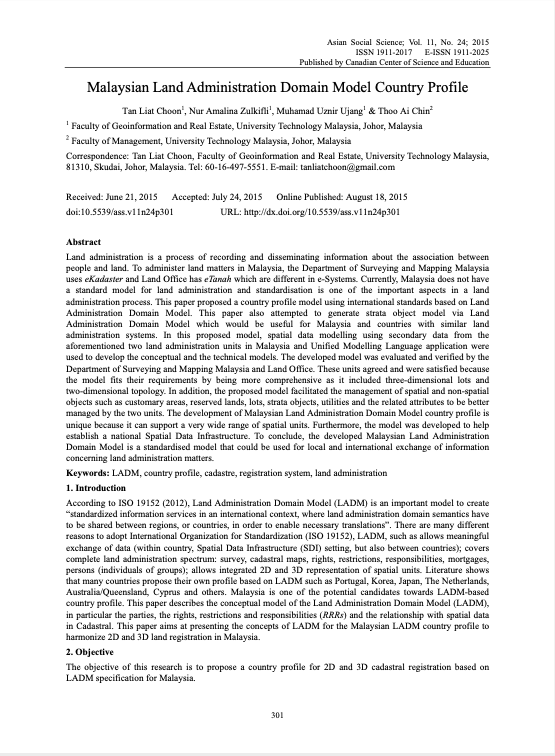Rapport sur les activités cartographiques de l'Ouganda 1966 - 1971
Le Département of Lands and Survey est responsable de la gestion foncière, des cartes et des lèves, et de l’évaluation et des titres fonciers. Le dernier rapport retraçait l’historique de notre système foncier et il n’est donc pas nécessaire d’y revenir ici.








